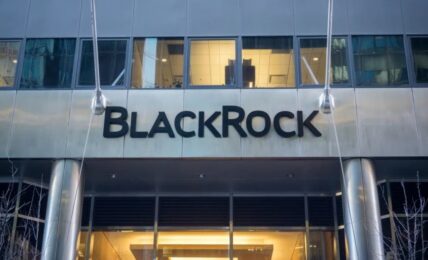The Biden administration announced the selection of seven sites across the U.S., alongside a $7 billion investment, for the establishment of new clean hydrogen hubs, aimed at dramatically scaling up capacity of low-carbon hydrogen production to decarbonize hard-to-abate industries.
According to a White House statement, the hubs are anticipated to collectively produce three million metric tons of hydrogen annually, enabling the reduction of 25 million tons of carbon emissions from industrial sectors per year.
In its statement, the White House said:
“Advancing clean hydrogen is essential to achieving the President’s vision of a strong clean energy economy that strengthens energy security, bolsters domestic manufacturing, creates healthier communities, and delivers new jobs and economic opportunities across the nation.”
Hydrogen is viewed as one of the key building blocks of the transition to a cleaner energy future, particularly for sectors with difficult to abate emissions, in which renewable energy solutions such as wind or solar are less practical.
Around 10 million metric tonnes (MMT) of hydrogen are currently produced in the U.S., and approximately 94 million metric tonnes globally, although the vast majority is extracted using fossil fuels, which create pollutants and GHG emissions. U.S. hydrogen production, for example, is primarily based on extraction from natural gas through steam methane reforming, and currently generates around 100 million tonnes of greenhouse gas emissions per year.
The development of clean hydrogen capacity, such as green hydrogen, which uses renewable energy to power the process to extract hydrogen from other materials, will require massive investments in areas including infrastructure, electrolysis, transport and storage.
The White House announcement follows the Biden administration’s release in June of the U.S. National Clean Hydrogen Strategy and Roadmap, aimed at significantly ramping the production, use and distribution of low carbon hydrogen for use in energy intensive industries and including a goal to scale U.S. clean hydrogen production and use to 10 million metric tonnes by 2030, and as much as 50 million tonnes by 2050.
Funding for the federal investment will come from the Bipartisan Infrastructure Law, which allocates $9.5 billion to clean hydrogen, primarily for the establishment of the new hubs, in addition to electrolysis research and development, as well as to hydrogen manufacturing and recycling.
The projects selected for the regional clean hydrogen hubs included the Mid-Atlantic Clean Hydrogen Hub (MACH2) in Pennsylvania, Delaware, and New Jersey, the Appalachian Regional Clean Hydrogen Hub (ARCH2) in West Virginia, Ohio, and Pennsylvania, the California-based Alliance for Renewable Clean Hydrogen Energy Systems (ARCHES), the Texas-based HyVelocity Hydrogen Hub, the Heartland Hydrogen Hub in Minnesota, North Dakota, South Dakota, the Midwest Alliance for Clean Hydrogen (MachH2) in Illinois, Indiana, Michigan, and the Pacific Northwest Hydrogen Hub (PNW H2) in Washington, Oregon, Montana.
According to the White House, the federal investment will be matched by recipients, with the hubs catalyzing more than $40 billion in private investment, resulting in one of the largest-ever investments in clean manufacturing. Approximately two-thirds of total project investment are associated with green electrolysis based production within the hubs.
U.S. Secretary of Energy Jennifer M. Granholm, said:
“Unlocking the full potential of hydrogen—a versatile fuel that can be made from almost any energy resource in virtually every part of the country—is crucial to achieving President Biden’s goal of American industry powered by American clean energy, ensuring less volatility and more affordable energy options for American families and businesses.”



